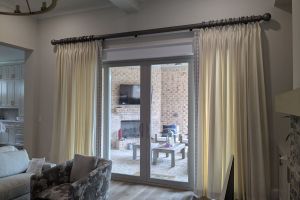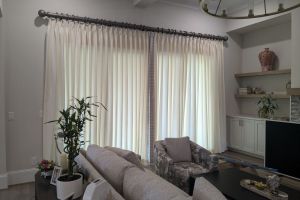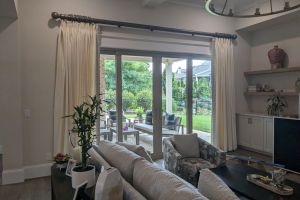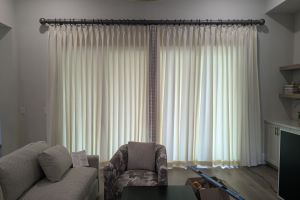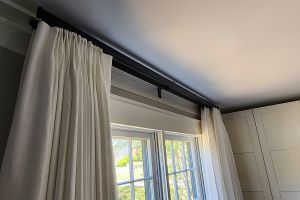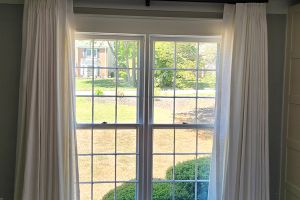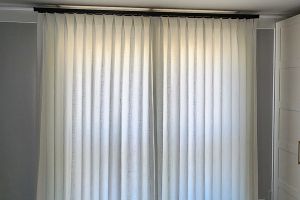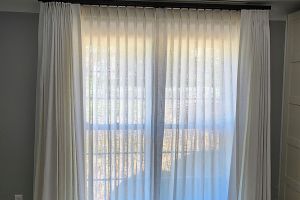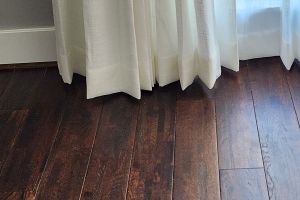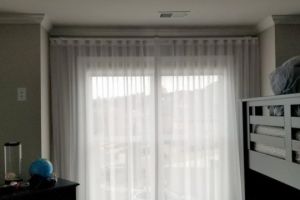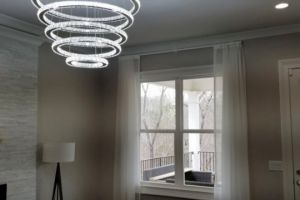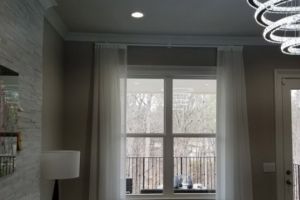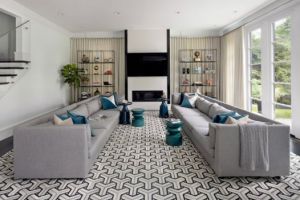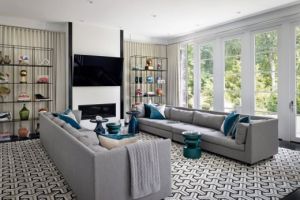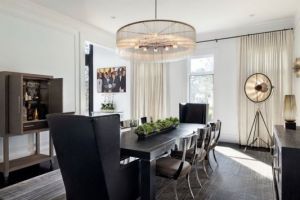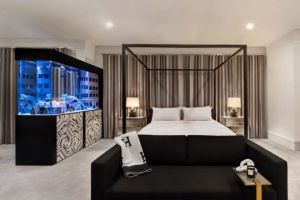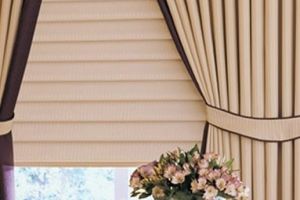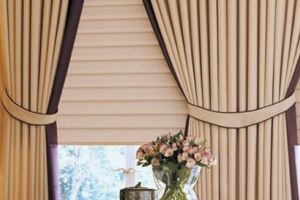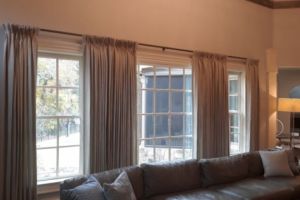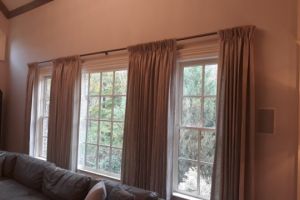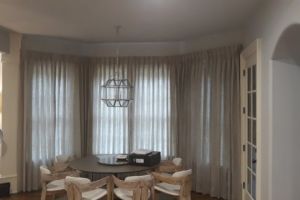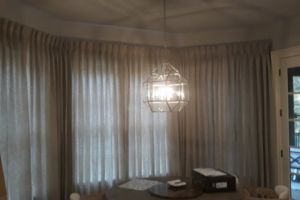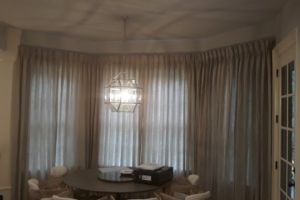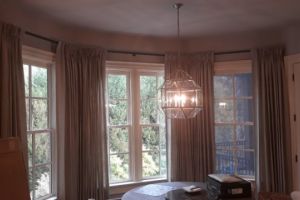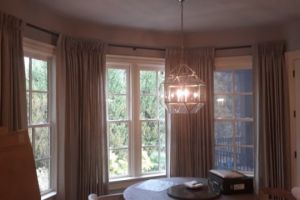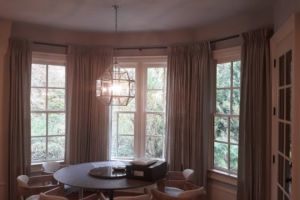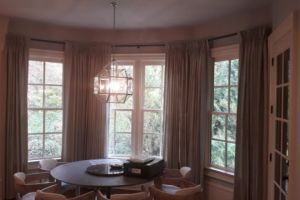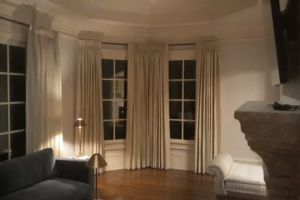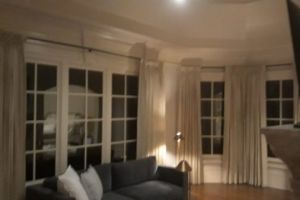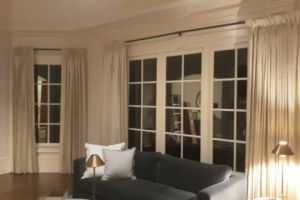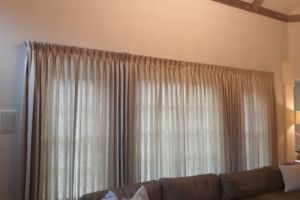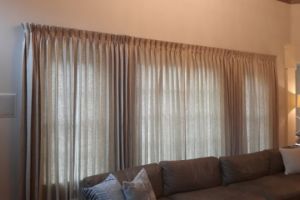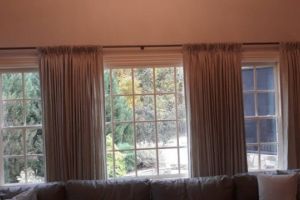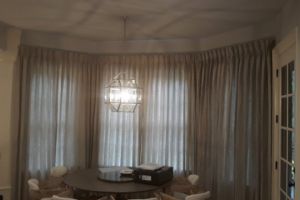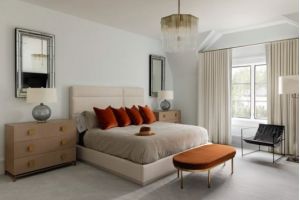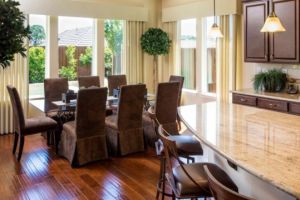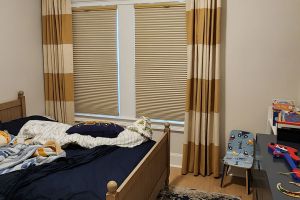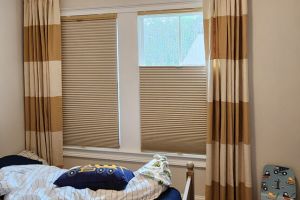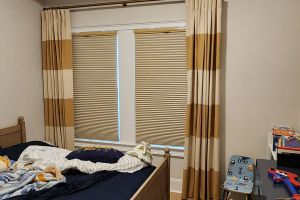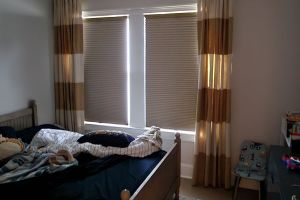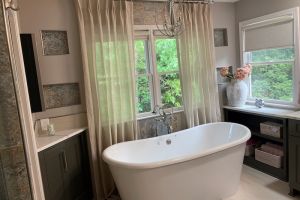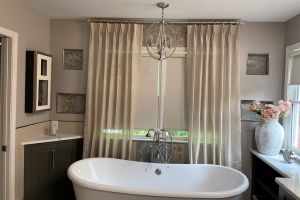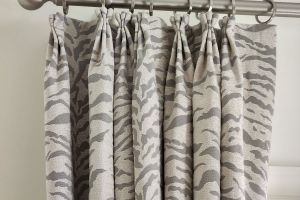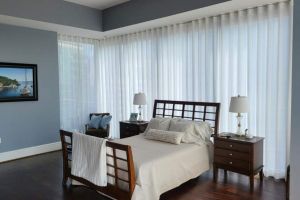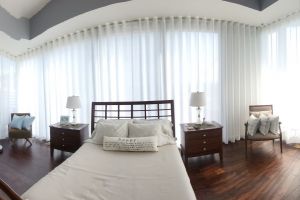Drapes, Swags, Panels & Bedding
Custom Draperies – Atlanta, GA
 Custom drapes and curtains in Atlanta, Alpharetta, Marietta and elsewhere have been the focal point for many years when it comes to adding that certain degree of elegance to your windows. Peachtree Blinds of Atlanta will provide a full service consultation. For nearly 3 decades, we have dressed thousands of windows including some of the most elborate residences that call Savannah & Atlanta home. From Curtains, Simple Swags, Panels, Roman Shades, Balloon Valances, Pinch Pleated Drapery, Tab Top Drapes, Grommet Top Curtains, Pocket Top Drapes, Ruffled Pocket Top Drapes, Tie Top Curtains, & Valances.
Custom drapes and curtains in Atlanta, Alpharetta, Marietta and elsewhere have been the focal point for many years when it comes to adding that certain degree of elegance to your windows. Peachtree Blinds of Atlanta will provide a full service consultation. For nearly 3 decades, we have dressed thousands of windows including some of the most elborate residences that call Savannah & Atlanta home. From Curtains, Simple Swags, Panels, Roman Shades, Balloon Valances, Pinch Pleated Drapery, Tab Top Drapes, Grommet Top Curtains, Pocket Top Drapes, Ruffled Pocket Top Drapes, Tie Top Curtains, & Valances.
Peachtree has the expertise to take your vision and turn it into a reality. It all starts with a FREE in-home consultation where we will take you from conception to completion!
Custom Draperies Styles
Types of Draperies
Pinch Pleat Draperies
This popular style should look fairly familiar, since this is what you might often think of when it comes to custom draperies. It’s a timeless design, and because it’s so common, it can look either elegant or understated.
The three-finger pinch pleat is formed with pleats of three equal fingers that are each tacked near the top to form the fingers. Then three fingers are tacked together below or above the thick header lining, called the buckram, depending on the thickness of the fabric. A variation of this design is the two-finger pinch pleat.
Bohemian Pleat Draperies
Bohemian pleats are similar to pinch pleat draperies, only the three fingers are tacked together near the top. This gives a contemporary twist to this fashionable design by adding a minimal form and crisp lines.
Pencil Pleat Draperies
Pencil pleats are made by gathering the top, making length-wise folds that resemble pencils. The drapery hooks are spaced out behind the material for this homey design.
Cartridge Pleat Draperies
One finger is tacked or sewn it’s entire length so that it can form a tube of fabric. The tube can then be filled with rolled buckram or a plastic insert, giving it a modern look.
Goblet Pleat Draperies
Goblet pleats are similar to the cartridge pleat, only the “tube” is gathered and tacked at the bottom to give it its goblet shape. This design has a dramatic flair and offers a voluptuous alternative to the traditional pinch pleat.
Box Pleat Draperies
Box pleats are made by folding back the fabric on either side of a rectangular shape and tacking from behind to form a box shape. A rectangular insert can be used to make the box pleat stiffer for a striking design that is eye-catching for its individuality.
It should be noted here that cartridge, goblet and box pleats will not stack tight, so take this into account when choosing your design. You can use a rod that extends further past the window frame on either side to give more open space in the center when the draperies are opened.
Grommet Draperies
Grommet draperies are a tried and true design, popular for their casual charm and clean lines. The top of the drapery is a stiff, fabric-covered buckram that sits between the two round metal pieces that form the grommet. This leaves a hole in the center that enables the grommet to slide across the rod.
How much space you want between the grommets depends on the size of the grommet and the width of the panel. Grommets come in multiple sizes and colors. Be sure to choose a grommet size that has a large enough circumference that it will slide easily across the rod.
Ring Top Draperies
Ring-topped draperies have a casual look from its flat panel design. The flowing pleats are created with rings that clip to the top. Rather than a buckram, the top has a fabric-covered micro-welt that you can finish with a contrasting fabric for more flair.
Rod Pocket Draperies
Rod pocket draperies are one of the most versatile, cost-effective and classic designs available due to its simplicity. The fabric is folded over to form a long tube, or “pocket,” at the top, which gathers on the rod for a less-forma, ruffled effect. This style is available as a single pocket, double pocket or even a double pocket hourglass shape.
Tab Top Draperies
Tab top draperies are a compromise between ring-topped draperies and rod-pocket draperies, because loops of fabric are spaced along the panel that fit over the rod. They have a casual look, are easy to slide across the rod and have many options.
Ripplefold Curtains & Drapery
Ripplefold draperies are one of the more complicated styles, but have a clean look since the fabric completely covers the hardware. This simple, modern-looking design is created with snaps at the back of the top of the panel that attached to carriers on a track, giving it a rippling s-curve. The draperies slide across the track, much like vertical blinds, making it very easy to open and close. They hang similar to the grommet style, but they don’t have as casual a look.
Blackout Curtains & Draperies
Blackout curtains are a type of window treatment specifically designed to minimize the amount of light that enters a room. They are constructed with thicker materials and often have multiple layers of lining, which enhance their light-blocking capabilities. The primary purpose of blackout curtains is to create a dark environment by preventing external light sources, such as sunlight or streetlights, from penetrating the room. This makes them particularly useful in spaces where light control is essential, such as bedrooms, home theaters, or nurseries. By effectively blocking out light, blackout curtains offer increased privacy and create a suitable ambiance for sleeping, relaxation, or activities that require a darkened environment. Additionally, Atlanta blackout curtains can also provide some level of insulation, helping to reduce heat transfer and maintain a more comfortable indoor temperature. However, it is important to note that while blackout curtains offer significant light reduction, they may not completely eliminate all light, particularly if there are gaps or openings around the edges of the curtains or the window itself.
Curtain Rods
Single Curtain Rod
The single curtain rod is lone bar that threads through curtain tabs, grommets or rings and typically supports light to medium draping panels.
Double Curtain Rod
The double curtain rode allows you to layer two types of draperies, for example, a thinner panel under heavier fabrics. You can also have a triple curtain rod for three layers.
Traverse Curtain Rod
The traverse curtain rod operates much like vertical blinds as well, and has tracks with clips that attach to the draperies. You can open and close them with a pull rod or a pulley. This type of rod is suitable for large windows or any other large opening, like a patio sliding door.
They can open in the center, so that you can pull them to either side, or they can pull in one direction. You can also find decorative traverse rods, with hidden sliders. This approach gives you the benefit of the sliding action, while still have an attractive window dressing.
French Return Curtain Rod
The French return rod curves at the ends at a 90-degree angle, so the rod attaches to the wall and curtains return all the way to the wall.
Motorized Curtain Rod
A motorized curtain rod operates with a track and opens and closes the curtains with a wall switch or a a remote. This is by far the most expensive option, and there is typically a weight limit.
Tension Rod
A tension rod is held in place in the window frame with a spring and usually is only used for light curtains.
Café Curtain Rod
A cafe curtain rod is positioned half-way down the window, where cafe curtains usually are positioned. The cafe curtains add privacy and softness for windows in places like the kitchen or bathroom. – cafe curtains add softness to a window in a kitchen or bathroom, for example, and a measure of privacy, but still let light in. m. – cafe curtains add softness to a window in a kitchen or bathroom, for example, and a measure of privacy, but still let light in.
